
Imagine you’re on a road trip.
You’ve been driving for hours, and you decide it’s time to stop for the night. Maybe you find a place along the way, or maybe you already have a quaint little AirBnB reserved.
Tired, after being in the car all day, you go to your room and find empty take-out boxes on the nightstand. The trash bins are full, and the room smells like a sweaty gym sock. Did something just skitter under the bed?
Speaking of the bed – the sheets all crumpled; clearly, someone else has already slept there.
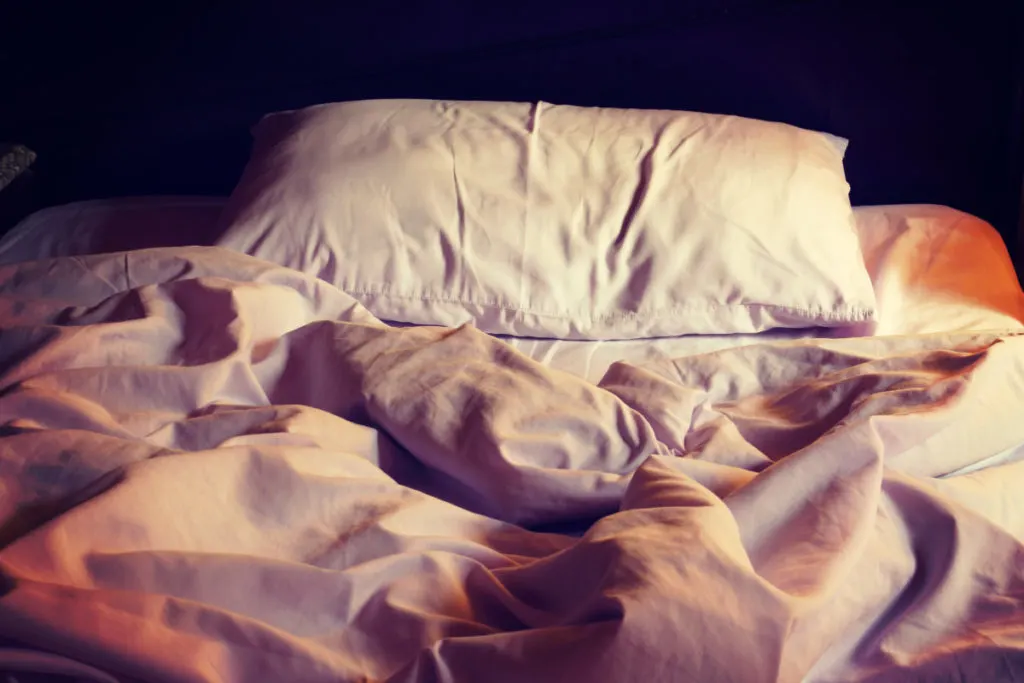
“Gross! There’s no way I’m sleeping here,” you think.
And yet, this is what we do to bees year after year.
You have to clean your bee hotel every year.
Otherwise, this dirty hotel room scenario is what you’re doing to native bees. Only, it’s worse than sleeping in a bed some stranger has already slept in.
Dirty bee hotels put the bees at a higher risk for disease and parasites, or worse, a dead brood.
Pollinator hotels are still relatively new in the grand scheme of things, and there hasn’t been much research done on their efficacy or their overall impact on pollinators.
What we are seeing, as with other agricultural practices we’ve come up with over the years, is that putting living things together in cramped spaces opens them up to disease.
Most bee species who nest above ground are solitary bees, to begin with. They don’t have a hive they belong to. So we are already tempting the spread of disease by encouraging these normally singular breeders to share close quarters in a bee hotel.
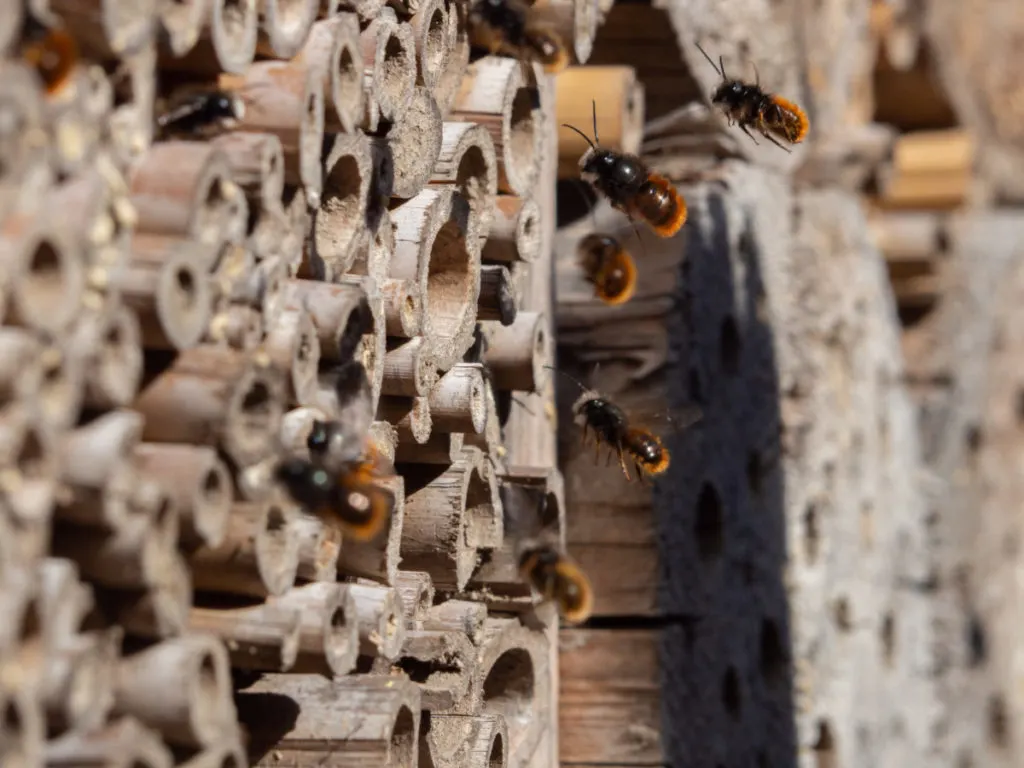
Before you put up a bee hotel, think carefully about the environment you’re creating for native bees.
Placing a bee hotel on your property isn’t a passive act; it’s not set-it-and-forget-it conservation. Like an actual hotel, it needs to be cleaned after each visitor. The hotel needs annual maintenance for the best possible bee outcome – healthy baby bees!
If you choose to set up a bee hotel, they will use it, dirty or clean. If we don’t provide clean, well-designed bee hotels, we may be unwittingly adding to their decline by creating a space where it’s easier for mites, fungus, and bacteria to spread.
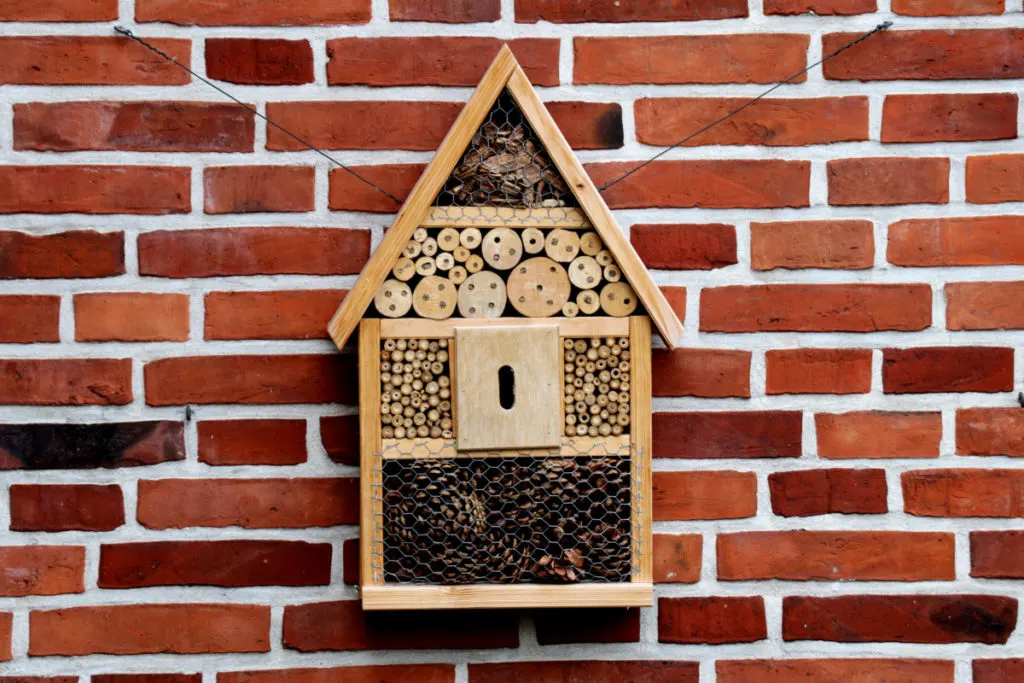
After all, the end goal isn’t just to provide a place to lay eggs but also a new generation of bees.
If you’re a gardener, the extra effort that goes into keeping a tidy pollinator hotel is well worth it. You’ll have new bees to help pollinate your vegetables and flowers.
How to Keep a Tidy Bee Hotel
The good news is that, unlike a traditional hotel, in a bee hotel, your guests generally all leave together at around the same time. This means you only have to clean it once a year.
To make cleaning easier, start with a good setup.
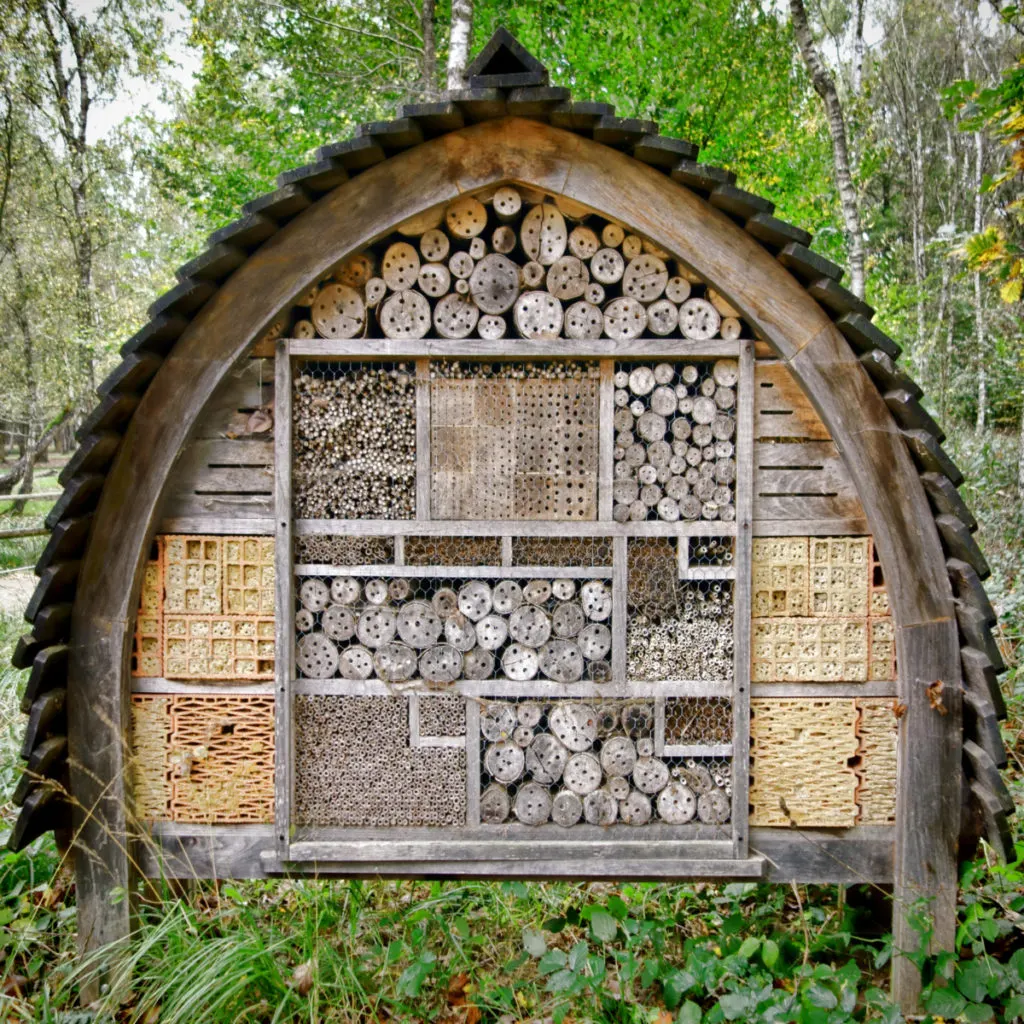
Bee hotels have become increasingly popular, meaning you can find them everywhere. But many of them are so poorly designed that they’re more a deathtrap than a safe place to lay eggs.
Look for bee hotels with removable nesting materials. Reeds, wood, and pipes that are glued into place are a no-go. You can’t get them out to replace or clean them. You also don’t want the reeds/holes to be open on both ends. It increases the chance for mites to find their way inside.
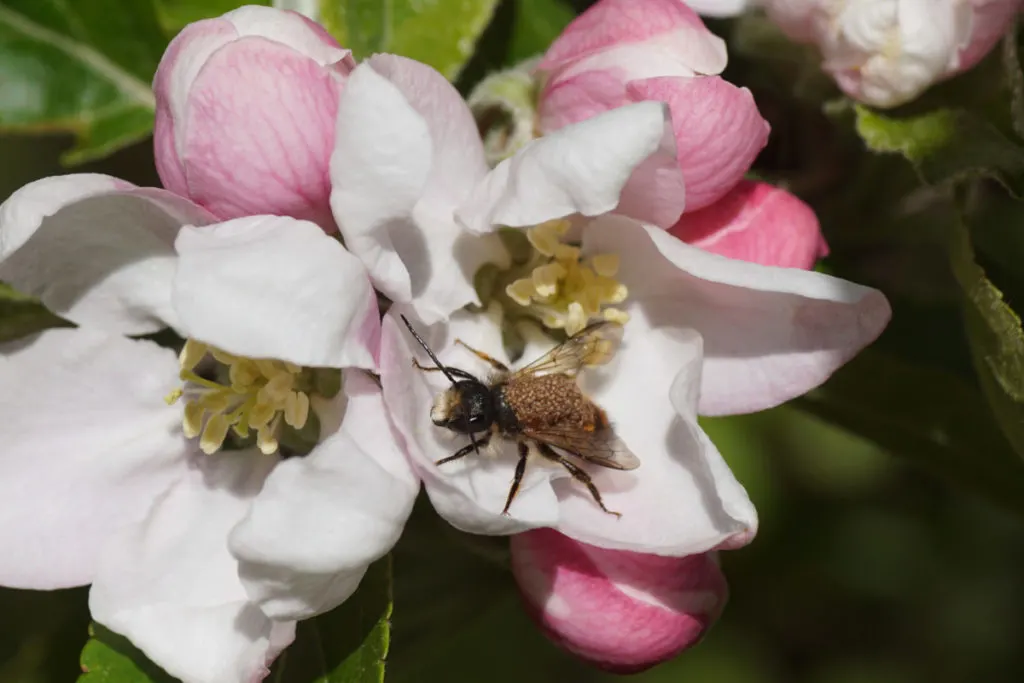
Whether you’re purchasing a bee hotel or making one, be sure the tubes are free of splinters or large cracks. New bees can easily tear their wings on these sharp edges.
Bamboo is cheap and used in many bee hotels, but it presents a lot of problems – it doesn’t dry out easily, it’s usually sharp on the inside and often has nodes blocking part of the tube. Skip hotels with bamboo tubes.
If you’re going to make a bee hotel do your research. Look into what bees are in your area and what kind of nests they prefer.
If you just want to purchase a well-made bee hotel, here’s a list of companies getting it right.
When to Clean
It’s best to clean bee hotels in the spring immediately after any new bees have left the nest.
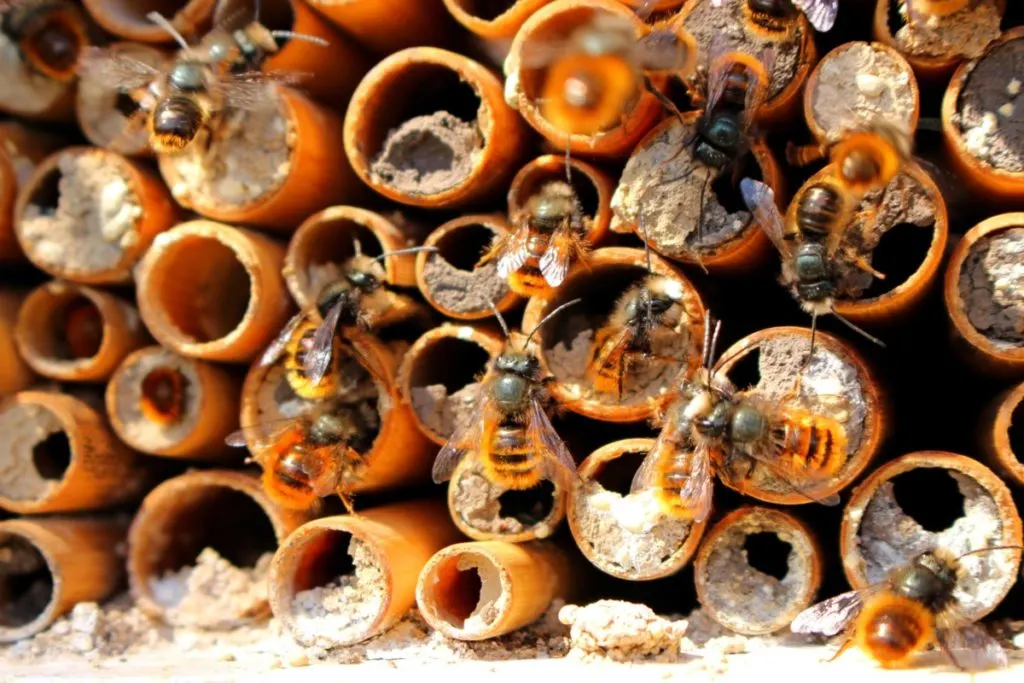
To encourage your guests to check out, place the bee hotel in a cardboard box when the weather warms up and close it up. Poke a hole in the side or top with a pencil and make sure the hole faces the sun. As the bees emerge, they will leave through the pencil hole but not return.
Once your bee hotel is vacant, you’re ready to give it a thorough cleaning.
Remove and replace any natural reeds, paper straws etc.
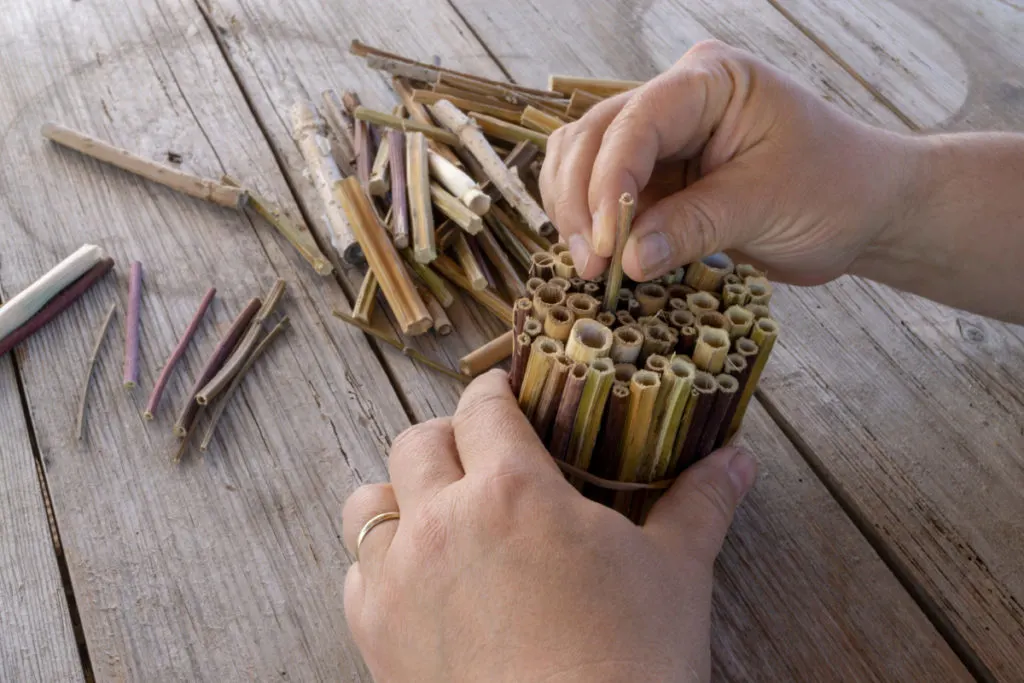
Use a thin bottle brush or an extra-large pipe cleaner to clean out any holes in wood blocks thoroughly. Or use compressed air to blow them out well.
It’s not a bad idea to give the entire thing a good brushing down with a dry, clean paintbrush to remove extra dirt and debris.
Any pieces of wood with holes for the bees should be replaced every couple of years.
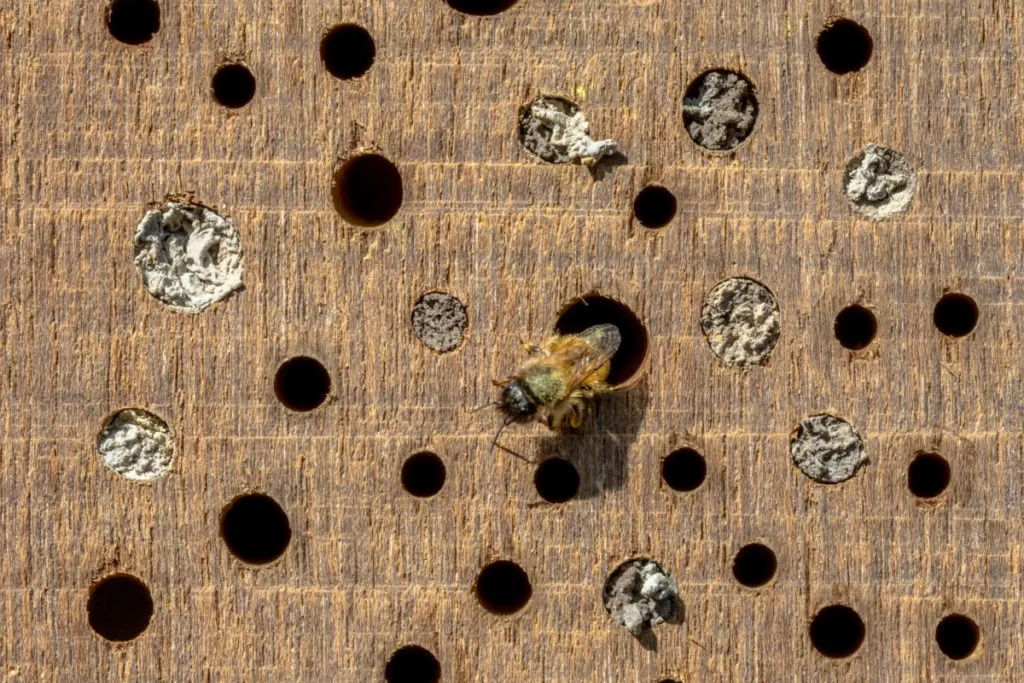
To make cleaning out holes easier, consider cutting parchment paper into thin strips and then rolling them around a chopstick or pencil. Guide the paper tubes into your precut holes on your bee hotel and ease the chopstick or pencil out, leaving the paper to unfurl snuggly in the hole.
Just be sure the hole is still wide enough for the bees to get out once they hatch.
Next spring, all you’ll need to do to clean out the holes is remove the parchment paper and replace it with new ones.
Keep Two Bee Hotels
If you’re serious about helping the bees, you may wish to consider purchasing or building two hotels.
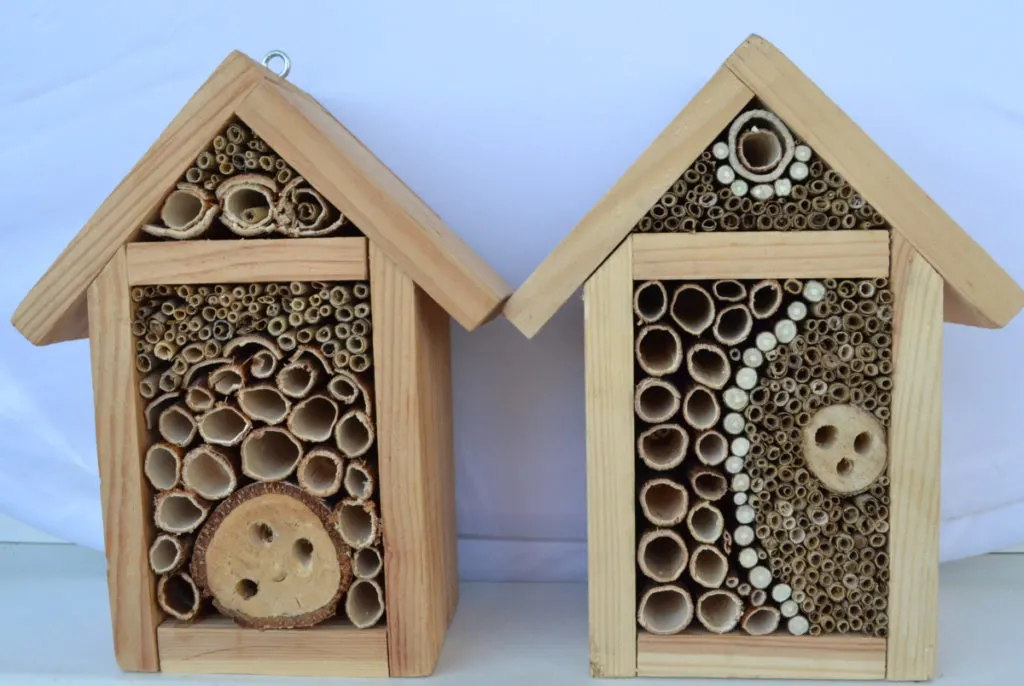
Keep the second bee hotel cleaned and ready to go each spring. Once the bees have hatched and vacated the hotel in use, you can put the clean one out.
Using this setup means you don’t have to worry about getting the dirty one cleaned and back up right away. You can get to it when you have the time, and it will be set for next spring.
Set Yourself (and the bees) Up For Success
Even with the best of intentions, it’s easy to forget. If I don’t write things down, I forget them. If you have the same problem, put a reminder on your calendar to clean your bee hotel each spring.
Doing so means you’ll also get to enjoy watching the new pollinators emerge.
Do What’s Best for the Bees
Look, at the end of the day, this post isn’t meant to make you feel guilty; it’s to help you make an ethical decision about the best way to help out in the fight to save our wild pollinators.
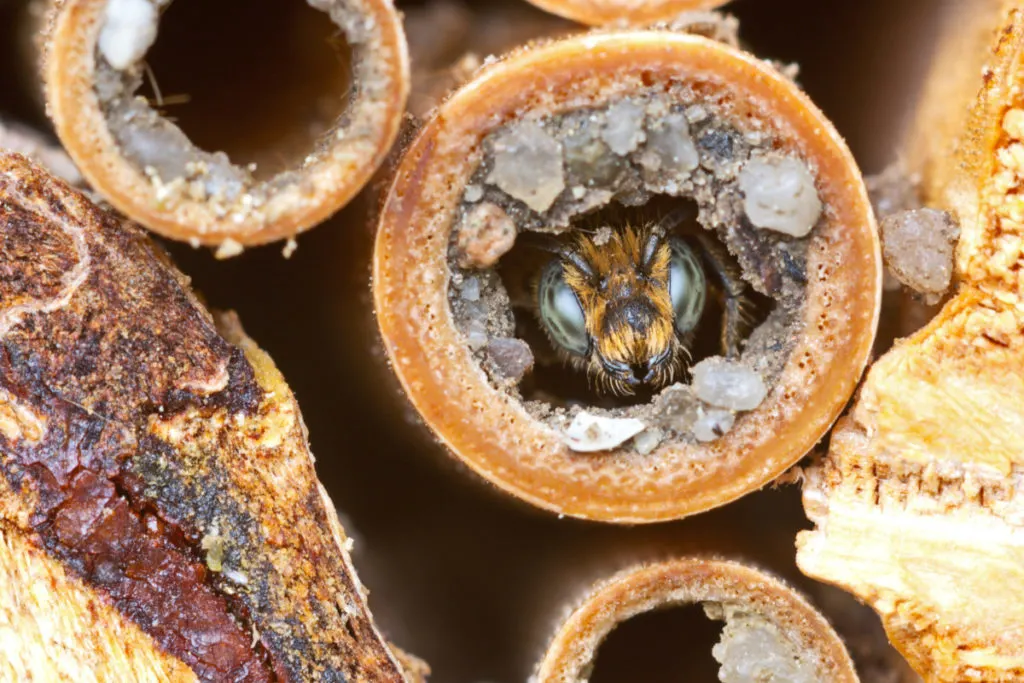
For some of us, that’s putting up and maintaining a bee hotel.
And for others who want to help but in a less active way, maybe it’s rewilding a portion of your yard or garden. Just sit back and let it all go to seed, so nature can have it back. It doesn’t get much easier than doing nothing.
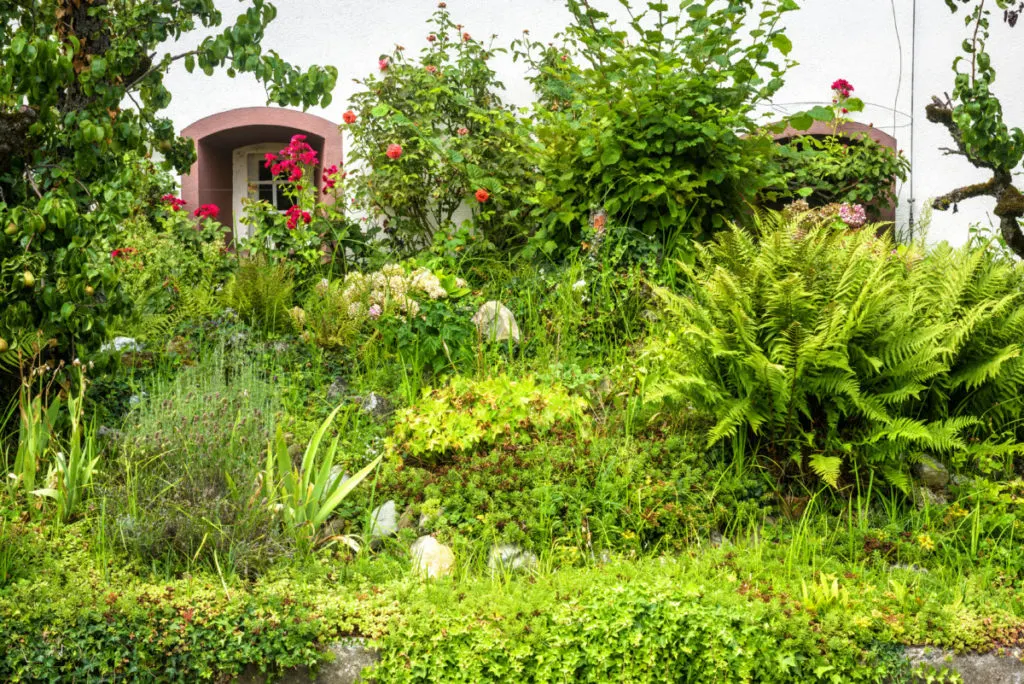
I know bee hotels are trendy, but take a moment to think about whether this is a project you will maintain before deciding to add one to your yard.
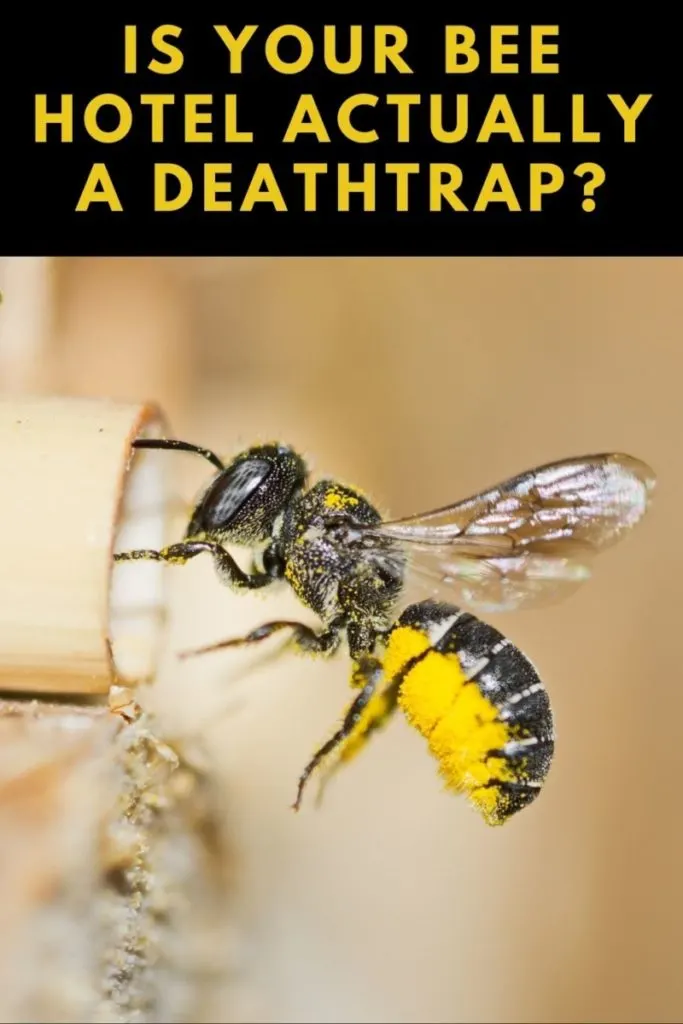

Get the famous Rural Sprout newsletter delivered to your inbox.
Including Sunday musings from our editor, Tracey, as well as “What’s Up Wednesday” our roundup of what’s in season and new article updates and alerts.


